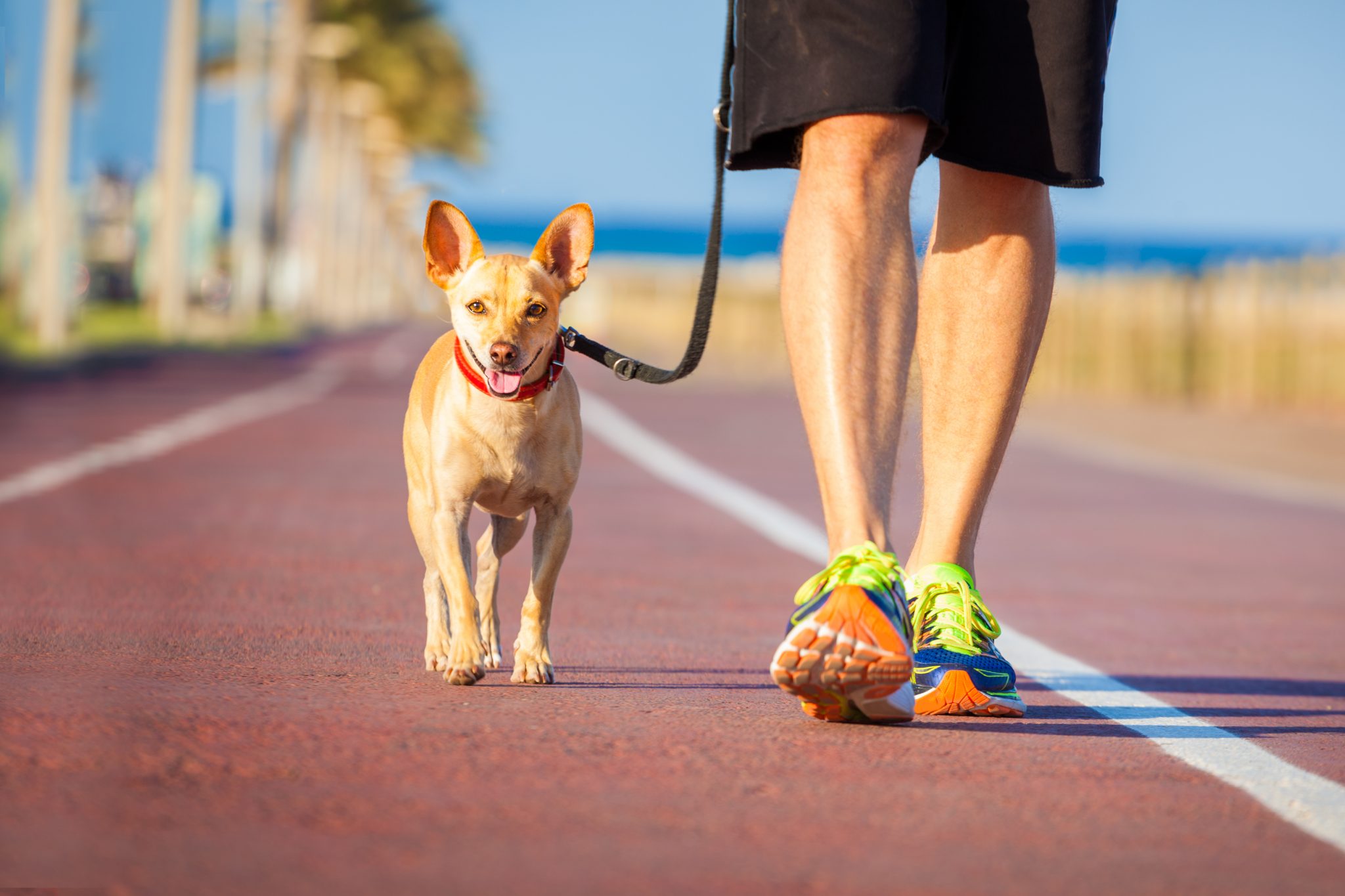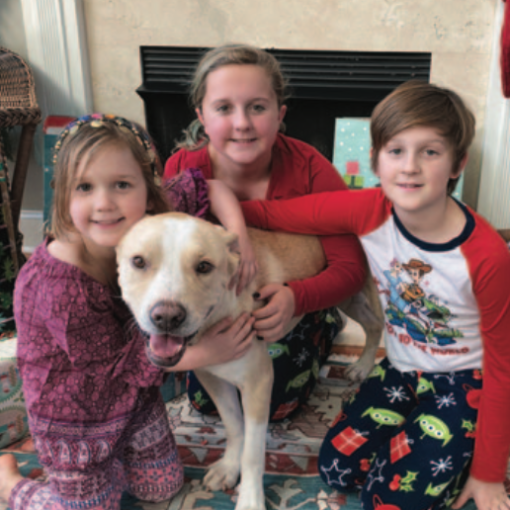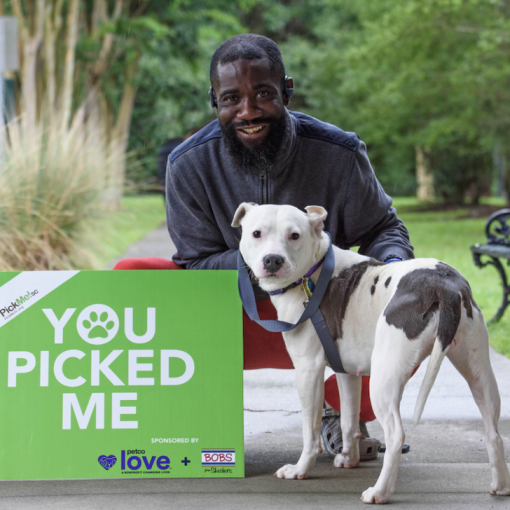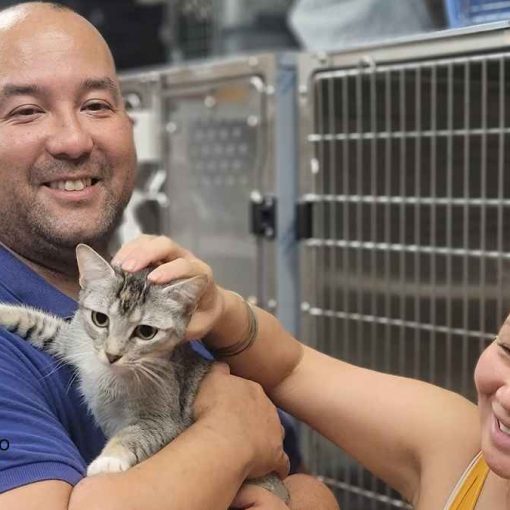By Caitlin Kuczko, CPDT-KA
If you do not have loose-leash walking skills off-leash, then you will not have them on-leash. Sounds strange, right? Maybe even backwards? After all, off-leash obedience is introduced in the advanced levels of obedience, and you need to have a leash to have loose-leash walking skills…right? Not quite!
A leash is a safety device that we often use as a steering wheel. Adding a leash to the situation tends to complicate things for both the dog and the owner. Therefore, getting the behavior off-leash first makes loose-leash walking easier when we do add in the leash component.
Our objective is to teach our dog what we want it to do (to walk without pulling on a leash) and where (next to us) we want it to do it. To begin, you will need a few supplies. First, find a low distraction environment, such as a bedroom or a hallway. Next, you will need high value treats (hot dogs, chicken or cheese) cut into multiple, pea-sized rewards. Have your marker readily available. (A marker is a unique indication to the dog that pinpoints what behavior earns it the reward. It can be a clicker device, or a word such as “Yes” or “Nice.”) A marker speeds up the learning process because the dog is able to pinpoint the exact behavior that earned it the reward, even if your pet performed several in an attempt to earn the treat. Last but not least, you will need yourself and, of course, your dog.
Phase One
Step 1: Pick the side where you want your dog to walk, and hold the treats in that hand. This creates the reinforcement zone. If you reward with the opposite hand this will cause the dog to cross over in front of you
Step 2: Show your dog the treats, and then hold them waist high.
Step 3: Before moving, mark and reward your dog for being next to you.
Step 4.: Begin to walk, first stepping with the foot closest to your dog. Mark and reward your dog for moving with you.
Step 5: Move forward one to three steps. Mark and reward your dog for being next to you.
Step 6: Repeat, taking a few more steps than you previously took. Mark and reward your dog for being next to you.
You’ll want to vary the number of steps you take, randomly changing from lows to highs and back again in order to keep our dog thinking and engaged. For example: You could take two steps, then mark and reward; take five steps, then mark and reward; take three steps, then mark and reward; take seven steps, then mark and reward and so on for the duration of the exercise.
The reason it’s recommended you vary the number of steps you take, instead of rewarding every fifth or sixth step, is because some dogs may learn that the reward only comes on step number five. To them, this means that on step two, three, and four, they can pull or sniff as they wish, and then think they can come back for step five to receive the treat.
If you would like to learn more about loose-leash walking and the keys to Phases two and three, join us at Charleston Animal Society’s Levels Training class, so you and your dog can learn to leisurely walk together!
Charleston Animal Society offers a variety of dog obedience training classes, including private classes at the shelter and in your home. Learn more at www.CharlestonAnimalSociety.org/dog-training





